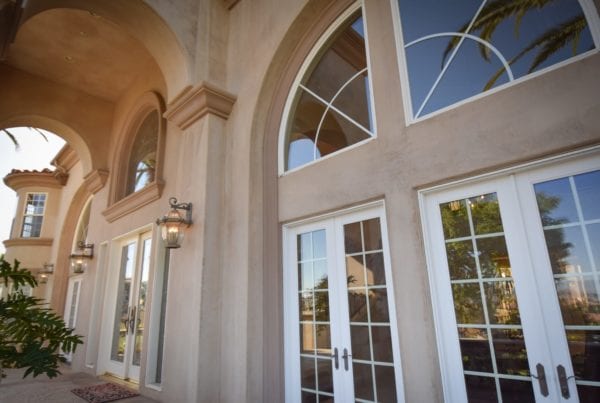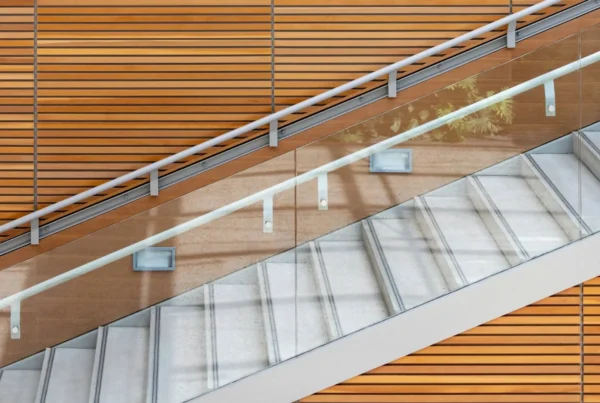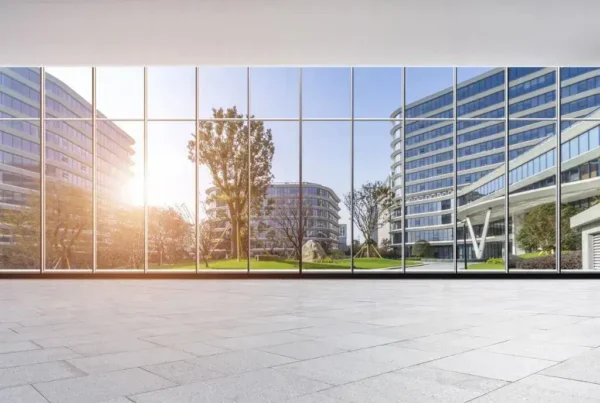Forced entry, civil unrest, active threats — these are all very real physical security threats that government facilities are faced with.
Home to critical infrastructure and providing crucial services to their communities, government buildings must strike a delicate balance between functionality, accessibility, and security to ensure continuity of government operations.
While components like surveillance cameras and alarms are essential parts of security systems for government facilities, they don’t do anything to physically secure buildings against threats. That’s where impact-resistant security glazing, such as Riot Glass, comes in.
Why Government Buildings Need Impact-Resistant Security Glazing
Understanding the Physical Security Risks Facing Government Buildings
Before implementing an effective security system for government buildings, it’s important to understand the specific risks these critical facilities face and how impact-resistant security glazing can help mitigate them.
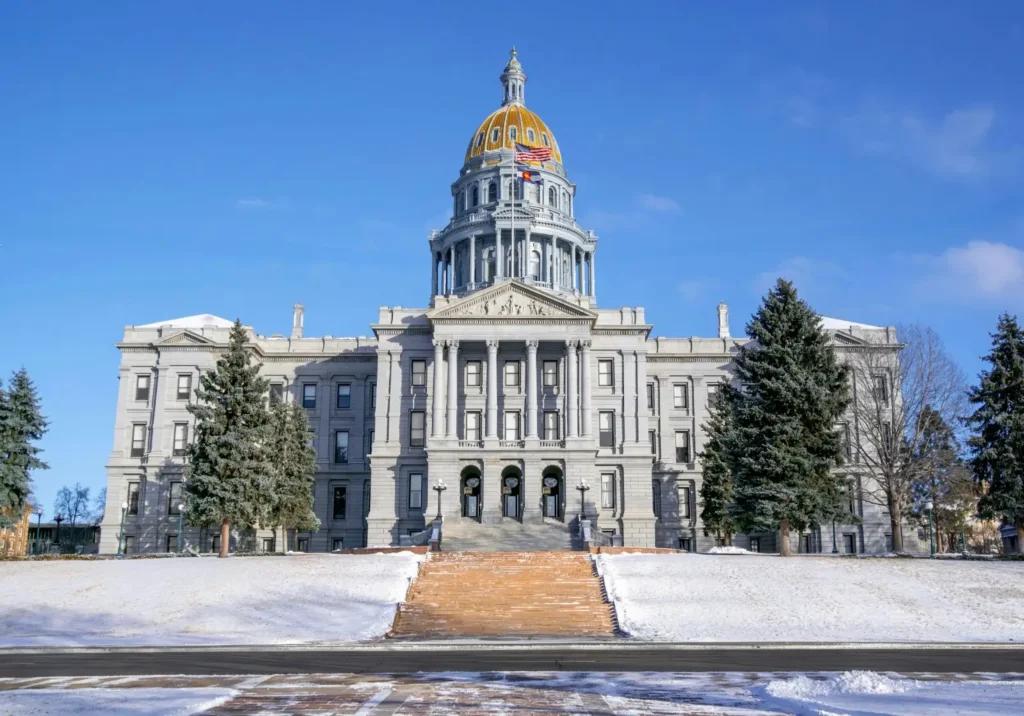
1. Forced Entry and Burglary
Government offices often contain sensitive information, valuable equipment, and restricted-access areas, making them potential targets for break-ins. Criminals may attempt to breach doors and windows to gain access to confidential documents, secure storage areas, or expensive electronics.
2. Civil Unrest and Rioting
Protests and demonstrations outside government buildings can sometimes turn violent. Windows and doors are common points of attack during riots, with demonstrators attempting to vandalize or break into facilities. Without proper reinforcements, traditional glass shatters easily, leaving buildings exposed to further damage and intrusion.
3. Active Threats
Government buildings have been targeted in active threat situations, including shootings and terrorist attacks. In these worst-case scenarios, physical security solutions, such as bullet-resistant or impact-resistant glazing, can help slow down or stop attackers from entering secure areas.
4. Vandalism
Graffiti, smashed windows, and other forms of vandalism can disrupt government operations and lead to costly repairs. Security glazing can minimize damage and make it easier to clean up after an incident.
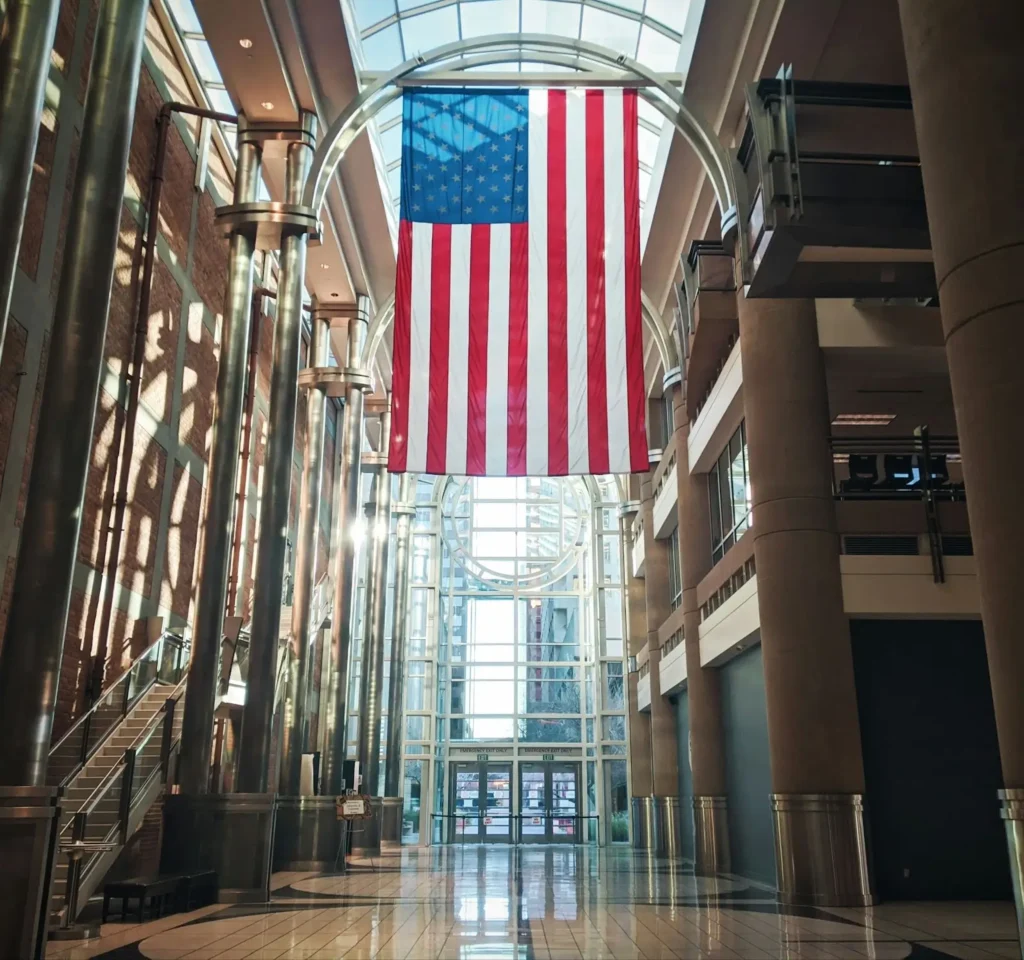
The Role of Impact-Resistant Security Glazing in Improving Physical Security Systems for Government Facilities
Traditional glass is one of the weakest points in any structure, breaking easily under force. Standard annealed or tempered glass offers minimal resistance against break-ins, riots, and other security threats commonly faced by government buildings.
Impact-resistant glazing, such as Riot Glass, offers a superior solution for physically improving government security systems. This advanced retrofit security glazing system is designed to withstand sustained physical attacks, preventing forced entry and keeping the bad guys out.
Key Benefits of Riot Glass for Government Facilities:
- Prevents Forced Entry: Riot Glass resists impacts from bats, crowbars, hammers, and other tools commonly used in break-ins. Attackers will struggle to break through, buying valuable response time for security personnel and law enforcement.
- Maintains a Government Building’s Appearance: Riot Glass is designed to blend seamlessly with existing windows and doors, preserving the building’s aesthetics while providing reinforced glass protection.
- Mitigates Riot Damage: In cases of civil unrest, Riot Glass prevents rioters and looters from smashing windows and gaining unauthorized access to the building.
- Increases Safety and Security During Active Threats: By preventing unauthorized entry and reducing the risk of flying glass shards, Riot Glass protects building occupants from harm in an active threat scenario.
Riot Glass even offers a unique framing solution designed specifically for government buildings: the J-Series compression-fit sub-framing system.
This sub-framing is available in both ballistic- and forced entry-grade options, and can be installed in government facilities without drilling into or otherwise damaging the surrounding structure, making it ideal for hardening courthouses and other historic buildings.
J-Series framing creates a smooth, even surface for mounting secondary glazing systems like the AP and RG-Series, especially in situations where existing window frames are damaged, uneven, or historically significant. Thanks to patented compression technology, the J Series can be installed without drilling, preserving the integrity of original building materials and allowing for future removal without damage.
Custom-made to fit each window opening, the J-Series acts like an exoskeleton that supports retrofit glazing. It meets ASTM F 3038 standards for 15-minute forced entry resistance and is often used when traditional retrofit mounting isn't possible. It can also serve as the base structure for the AP-Series framing when needed to ensure a secure and stable installation.
Security Window Film vs. Riot Glass: What’s the Best Choice?
Security window film is an affordable solution for reinforcing glass and preventing broken shards from flying dangerously inward. However, while it does add a layer of protection by holding shattered glass together, it does not stop determined attackers from eventually breaking through.
For government facilities that require a higher level of security, Riot Glass impact-resistant security glazing solutions are the superior choice. These solutions act as a true access denial barrier, preventing forced entry rather than just delaying it.
Implementing Bullet-Resistant Riot Glass for High-Security Areas
Some more high-security government buildings may require bullet-resistant security glass for added active threat mitigation. These specialized glazing solutions provide additional protection against firearm attacks, safeguarding both people and infrastructure.
Additional Security Measures for Government Buildings
While impact-resistant security glazing is a crucial component of a government facility’s security system, it should be combined with other security measures for a well-rounded defense.
1. Access Control Systems for Government Facilities
Restricting access to authorized personnel is one of the most effective ways to ensure security in government buildings. Modern access control systems use:
- Keycards or fobs
- Biometric scanners (fingerprint, facial recognition, etc.)
- PIN-based entry systems
These technologies help prevent unauthorized individuals from entering restricted areas while providing an audit trail of who accesses which locations.
2. Government Building Surveillance and Monitoring
High-resolution security cameras and real-time monitoring systems provide crucial oversight of government facilities. Features to consider include:
- 24/7 live monitoring
- Motion-activated recording
- AI-powered facial recognition and license plate detection
- Remote access for law enforcement agencies
Cameras alone cannot stop an intruder, but they can help deter crime, assist in investigations, and provide real-time situational awareness.
3. Perimeter Security for Government Properties
To prevent unauthorized access before individuals even reach a building, many government facilities employ perimeter security measures, including:
- Bollards and barricades: Prevent vehicle ramming attacks and unauthorized vehicle access.
- Fencing and gates: Control pedestrian movement around secure areas.
- Security checkpoints: Ensure all visitors and employees pass through screening before entering.
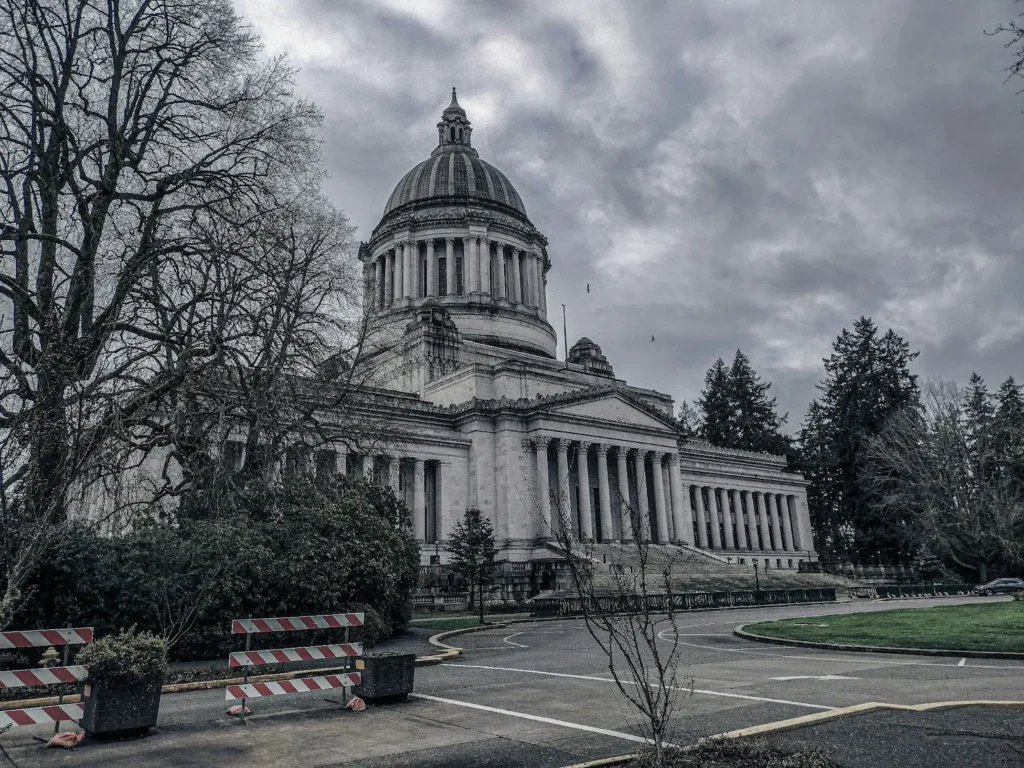
4. Emergency Preparedness Plans for Government Facilities
In the event of an attack, break-in, or natural disaster, government facilities must have clear emergency response plans in place. These plans should include:
- Lockdown procedures to secure doors and windows in the event of a threat.
- Evacuation routes to ensure personnel and visitors can exit safely.
- Communication protocols for alerting law enforcement and coordinating emergency responses.
Regular training and drills can help ensure that employees know how to respond in an emergency.
Creating Stronger Physical Security Systems for Government Buildings with the Help of Campbell Glass and Films
Government buildings are high-risk targets for a variety of security threats, from forced entry attempts to civil unrest and active threats. A comprehensive security strategy that includes impact-resistant glazing for physical protection is essential to safeguarding these facilities and their occupants.
At Campbell Glass and Films, we specialize in providing retrofit security glazing solutions for government buildings, including impact-resistant Riot Glass, ballistic-rated glazing, and security films. Our team can help assess your facility’s vulnerabilities and recommend the best solutions for your specific needs.
Protect your facility today — contact Campbell Glass and Films to learn more about our government building-friendly security glazing solutions.

